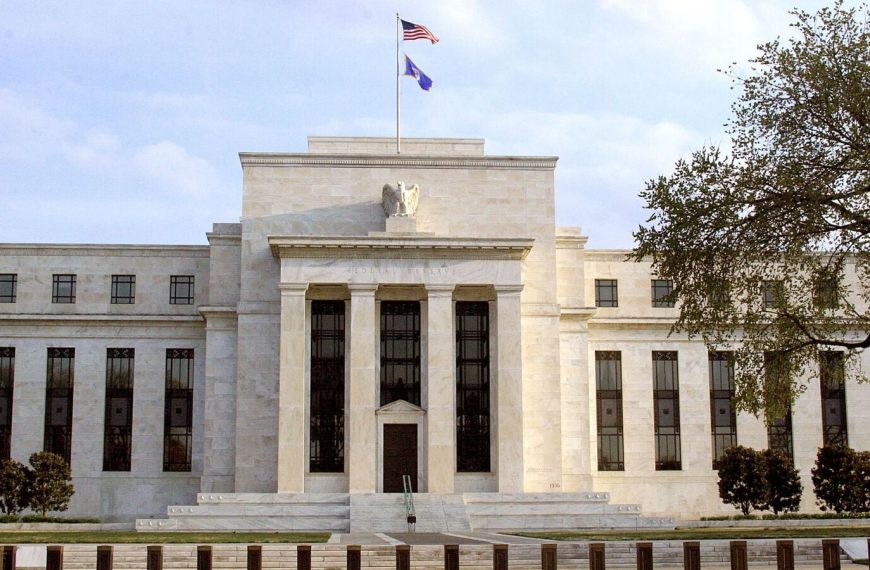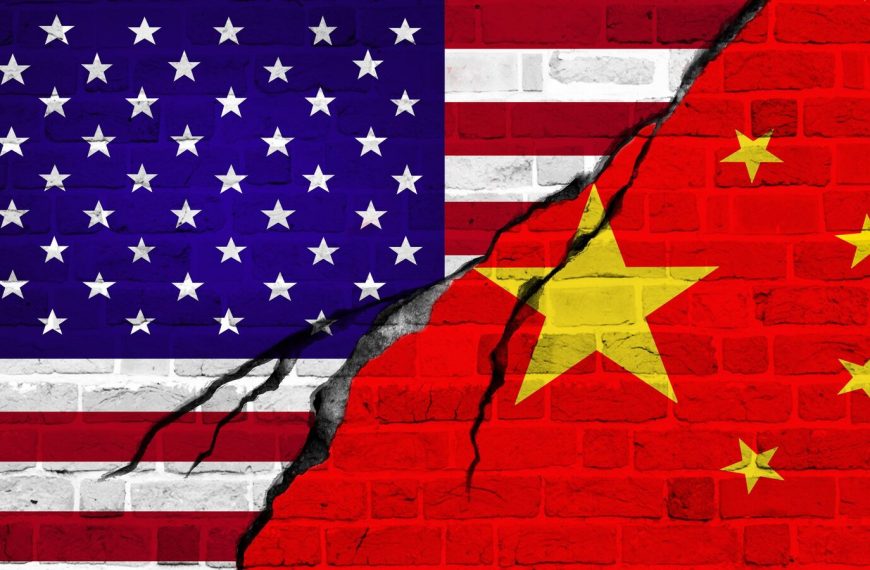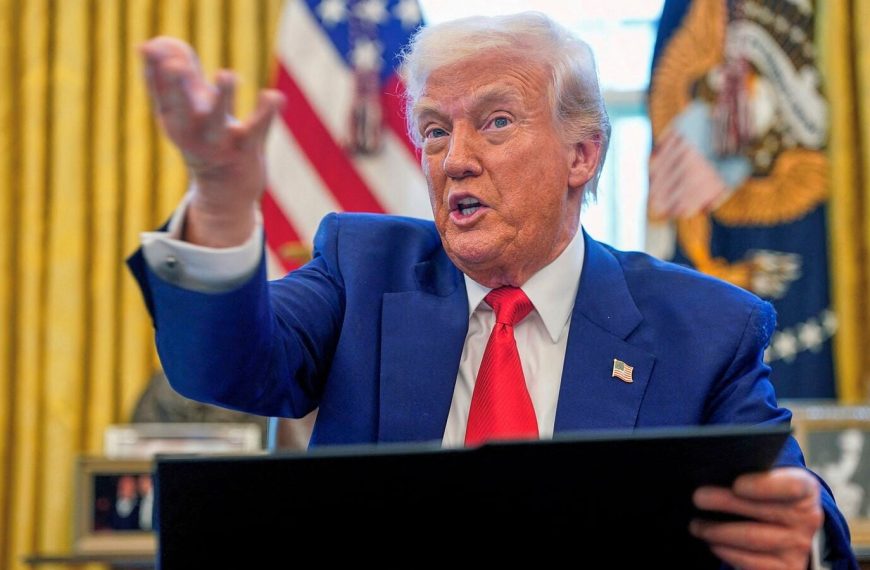The United States has recently declared a temporary halt on new tariffs affecting India for a period of 90 days, extending until July 9, 2023. This announcement, made through executive orders from the White House, comes on the heels of President Donald Trump imposing sweeping tariffs on approximately 60 countries, including significant levies on India. Tariffs serve as a vital instrument in the complex landscape of global trade, as nations utilize them to shield domestic industries, although these actions can trigger widespread economic consequences.
Understanding Tariffs and Their Economic Impact
A tariff is essentially a tax levied by one nation on the imports of another, designed to raise the cost of foreign goods. When tariffs increase, foreign products become pricier, which can diminish their appeal in the domestic market. For instance, should the U.S. enforce a 25% tariff on Indian steel, Indian exporters might struggle to maintain competitive pricing within the U.S. marketplace.
India’s Trade Landscape: Key Partners and Figures
India’s economy heavily relies on international trade, with the following being its principal trading partners for the fiscal year 2023-24:
-
Top Import Sources:
- China: 15%
- United States: 8%
- UAE: 7%
- Top Export Destinations:
- U.S.: 17%
- UAE: 6%
- China: 5%
A Closer Look at India-U.S. Trade Relations
The trade relationship between India and the United States has experienced both significant growth and notable challenges in recent years. Here’s a snapshot of their trade dynamics for FY 2023:
- Total Trade Volume: $128 billion
- Exports to the U.S.: $78 billion
- Imports from the U.S.: $50 billion
The Tariff Conflict: Past and Present
In 2019, the U.S. removed India from its Generalized System of Preferences (GSP), impacting approximately $5.6 billion worth of exports. This has led to several sectors in India feeling the heat of increased tariffs.
Sectoral Impact of Tariffs in India
- Information Technology & Software: Higher costs for outsourcing due to visa and tax complications.
- Pharmaceuticals: Facing challenges in exporting to the U.S. market.
- Textiles: Experiencing reduced demand, affecting employment.
- Automotive: Incurring higher production costs due to tariffs on steel and aluminum.
- Agriculture: Farmers are adversely affected by diminishing export opportunities.
The Effects on Indian Companies
Several major Indian firms are grappling with the repercussions of these tariffs:
- Tata Steel and JSW Steel: Facing elevated tariffs on exports.
- Sun Pharma and Dr. Reddy’s: Competing in a tight generic market.
- Raymond and Arvind Ltd: Confronting price pressures in textiles.
- Maruti and Tata Motors: Experiencing a surge in input costs.
- ITC and Britannia: Seeing adverse impacts on food and agriculture exports.
Strategies for Recovery: India’s Approach
In response to these challenges, India is adopting several strategies:
- Diversifying Export Markets: Expanding trade relationships within Europe, Africa, and ASEAN.
- Establishing Trade Agreements: Collaborating with the UAE, UK, and other nations.
- Enhancing Domestic Manufacturing: Implementing Production-Linked Incentive (PLI) schemes for sectors like electronics, textiles, and automobiles.
- Negotiating Tariff Reductions: Engaging in discussions with the U.S. to ease tariff burdens.
Comparative Tariff Policies: India vs. U.S.
Here’s a quick comparison of tariff rates between India and the U.S. across various sectors:
- Machinery: India: 6.6% vs. U.S.: 1.3%
- Agriculture: India: 37.7% vs. U.S.: 5.3%
- Iron & Steel: India: 4.5% vs. U.S.: 2%
- Automotive: India: 24.1% vs. U.S.: 1%
- Plastics & Articles: India: 9.9% vs. U.S.: 4.4%
Insights for Investors
The current trade landscape presents both challenges and opportunities for investors:
- Short-Term Risks: The unpredictability of global trade regulations can create volatility.
- Long-Term Potential: A shift towards self-reliance, or Atmanirbhar Bharat, may open up new avenues for growth.
- Emerging Investment Opportunities: Sectors such as electric vehicles, defense, and domestic manufacturing are poised for expansion.
This evolving trade scenario between India and the U.S. will continue to shape economic policies and opportunities for businesses and investors alike.











